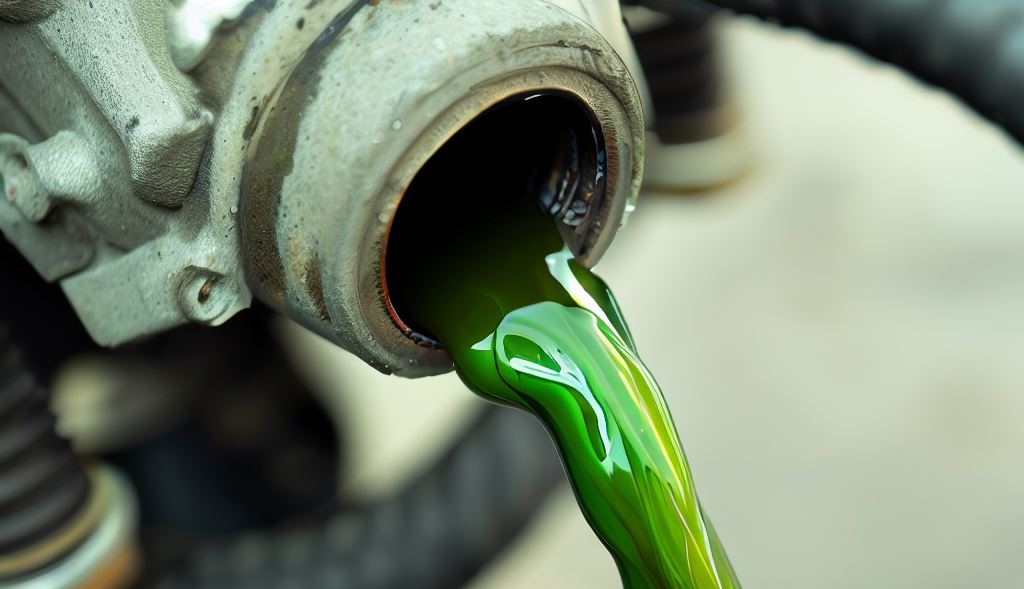
Diesel drought drives new oil tech

Innovation comes to the rescue of fuel shortages
- Dateline
- 20 September 2028
In just five years we have gone from an oversupply of fossil fuels to a critical shortage of the one fuel we need for everything – diesel.
Diesel has been reliably powering trucks, heavy machinery, farming, and mining for over a century. Its high energy density and ease of transport has made it the fuel of choice for everything from shipping to the military to backup power generation. For versatility and bang for the buck (or joule for the dollar), it’s hard to beat diesel. And diesel is one of the primary products from oil refineries, so it’s abundant too.
Until now. With climate activism at its peak and banks too nervous to invest in fossil fuels, new oil projects are just holes in the ground, and global refinery capacity has slumped. That’s the biggest problem, because even with a glut of crude, only about 20% emerges as diesel after the ‘crack’, and diesel is the one liquid fuel everybody wants.
Sure, there have been attempts to use green ammonia for farm tractors and hydrogen for semi-trucks, but the vast majority of transportation, agriculture, and mine equipment still uses diesel. And the minerals and construction for solar and wind farms, as well as batteries for electric cars, all need diesel. With limited supply, prices have surged, making technology solutions commercially viable.
First off is a resurgence in gas-to-liquid production. Clean diesel can easily be produced from natural gas, and it’s less polluting than diesel from crude. But the plants are massive to benefit from economies of scale, and can’t be switched on and off to meet demand peaks and troughs. You’re looking at multi-decade investments of multi-billion-dollar amounts; and then gas is still tarred with a ‘fossil fuel’ brush.
More exciting are the recent breakthroughs producing complex hydrocarbons from genetically engineered organisms – microbes and bacteria. Basically, you feed them effluent and farm waste, and the mutant bugs excrete diesel and jet fuel. Which cuts down on methane from rotting garbage, so it’s good for the climate too.
As the world moves to electric cars and solar power, we still need fuel for the heavy lifting, and diesel from natural gas and bioreactor plants is so successful it’s being called the “New Oil.”
Links to related stories
- The World Is Struggling to Make Enough Diesel – Bloomberg, 17 September 2023
- The Global Diesel Crisis Isn’t Over Yet – Oil Price.com, 2 March 2023
- Welcome to the Everything Crisis – Medium, 18 March 2022
- Who needs hydrogen? - Mindbullets (Dateline 10 June 2025)
- The oil phoenix rises - Mindbullets (Dateline 16 June 2032)
- Making nature work again – Mindbullets (Dateline 27 July 2027)
Warning: Hazardous thinking at work
Despite appearances to the contrary, Futureworld cannot and does not predict the future. Our Mindbullets scenarios are fictitious and designed purely to explore possible futures, challenge and stimulate strategic thinking. Use these at your own risk. Any reference to actual people, entities or events is entirely allegorical. Copyright Futureworld International Limited. Reproduction or distribution permitted only with recognition of Copyright and the inclusion of this disclaimer.